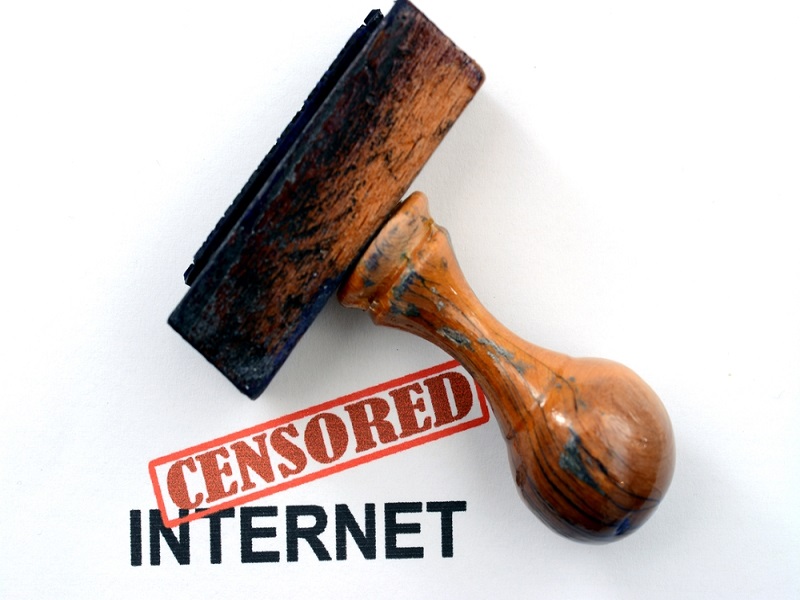Ever since government officials and Internet watchdogs have taken matters into their own hands, various websites have been blocked, depending on what region they are accessed from. In most cases, a warning will be shown on the website detailing the reason this blockade has been put in place, but that is not always the case. A new HTTP status code has been introduced, designed specifically to indicate the website in question has been blocked due to legal implications.
Also read: Is Renewable Energy The Future of Bitcoin Mining?
Introducing the HTTP 451 Status Code
After approval of the new HTTP 451 status code by the Internet Engineering Steering Group, websites blocked for legal reasons will now be labelled with this error code. In fact, HTTP 451 will provide Internet users with valuable insights as to how online censorship is enforced as well.
Up until this very moment, Internet censorship has been rather difficult to quantify, as it was not always clear why certain websites were restricted, and others were not. The 451 Unavailable group drafted the proposal for a separate HTTP status code to indicate this type of online censorship, which has now been approved.
But there is more to HTTP 451 than just being a status code itself< Internet service providers and web developers will be able to use this new standard to provide additional information regarding the unavailability of certain websites. Do keep in mind this feature is an optional, although we can only hope the involved parties make use of this solution in a transparent manner.
The new 451 status code will replace the previous “Error 403: Forbidden” messages when it comes to access a blocked or deleted website. Status code 403 was never intended to be used for this purpose, as it creates a confusing message for Internet users. That issue should be rectified with the new HTTP 451 code in the near future.
For those people wondering why this new HTTP status code carries the number 451, it is a reference to the book “Fahrenheit 451”. This particular book details how certain literature is forbidden, and how censorship is enforced on a large scale. Choosing the same number to create an HTTP 451 status code is very fitting in that regard.
Despite this approval, implementation of HTTP 451 is voluntarily and entirely dependant on web developers willing to use this new standard. After all, certain governments may not want to disclose the exact reason certain websites are taken offline, and stick to the traditional “403: Forbidden” message.
Source: Tweakers (Dutch)


